Information/Write-up
39 Steps came together in Montréal in 1984 when Chris Barry—fresh off the wreckage of The 222’s and a harrowing London stint—reunited with Pierre Major (guitar) and Joe Cerratto (bass), adding Richard Paul (guitar) and André Gagné (drums). Where the 222’s were a teenage punk broadside, 39 Steps sharpened the edges into something darker and cinematic: hard-charging, goth-tinged rock built for midnight clubs and last-chance shots. Within six months they were at Studio Victor cutting a self-titled EP for Line Records, with “Slip Into the Crowd” and “Sex in Miami” announcing the band’s balance of menace and melody. A move to New York under manager Steven Shipp followed, and an audition landed them on screen in Woody Allen’s Hannah and Her Sisters, performing “Slip Into the Crowd” at CBGB—an era that brought MTV rotation and a 1987 full-length, Slip Into the Crowd (RCA/TGO), before the major-label gears ground to a halt.
The stop-start churn of the late eighties is central to the band’s story. Dropped by RCA, they signed to Chrysalis in 1989 and tracked new material with Blondie’s Chris Stein, only to be stalled in an 18-month contractual headlock while the industry’s winds shifted. By the time they were clear, 39 Steps’ moment had cooled, though not their conviction. Joan Jett stepped in as a champion, and with producer John Alosa and engineer Glen Robinson, the band delivered Neon Bible in 1993 on Blackheart. “(All Roads Lead To) Babylon” pushed onto MTV, but grunge now set the dial; 39 Steps’ muscular aggro-rock felt out of sync with radio’s new order. Even so, the catalog endures—lean, bruised, and hook smart—capturing Montréal’s post-punk grit colliding with New York’s hard-rock charge.
Behind the scenes, Barry kept the tapes alive. The first 39 Steps EP is the only title he’s fully remastered from original masters—baked and transferred in a proper facility—while widely circulating digital versions of some tracks trace back to lower-grade sources (you can hear a stretched intro on “Freak Show”). Neon Bible holds up best via the original CD. For the 222’s, Barry maintains WAVs for the album (sourced from a second-generation cassette) and even keeps a very early test pressing of “I Love Susan” / “First Studio Bomb” with notably different versions—material he hopes to digitize. Among the 39 Steps outtakes with Chris Stein sits an affectionate cover of Leonard Cohen’s “Teachers,” a personal favorite of Stein’s, plus a handful of unreleased tracks that remain in the vault for good reasons, as Barry jokes. Later archival drops—All Kinds of Shit ’85–’87 and the snarling ten-song Let It Writhe—reveal just how deep the bench was: alternate takes, radio-ready bangers, and the band’s instinct for turning street-level stories into big-room choruses.
Barry’s path threads through the wider narrative. After 39 Steps, he fronted the NYC band Pillbox, touring Canada twice (one run supporting the Ramones, another own-club/Bootsauce mix) and cutting Jimbo’s Clown Room—reissued on vinyl by Hamilton’s Yeah Right!. Back in Montréal, he led Acrylic in the mid-’90s, tracking a never-issued record that circulates privately to high praise from those who find it. Through it all he’s remained protective of the legacy: preserving masters, triaging sources, and sharing upgraded audio when it exists. For the Museum’s purposes, 39 Steps stand as a crucial bridge from Montréal’s first-wave punk to its darker, high-octane mid-’80s sound: a band that brushed the mainstream, left fingerprints on film and MTV, fought the machine, and still hums with the voltage of what might have been.
-Robert Williston
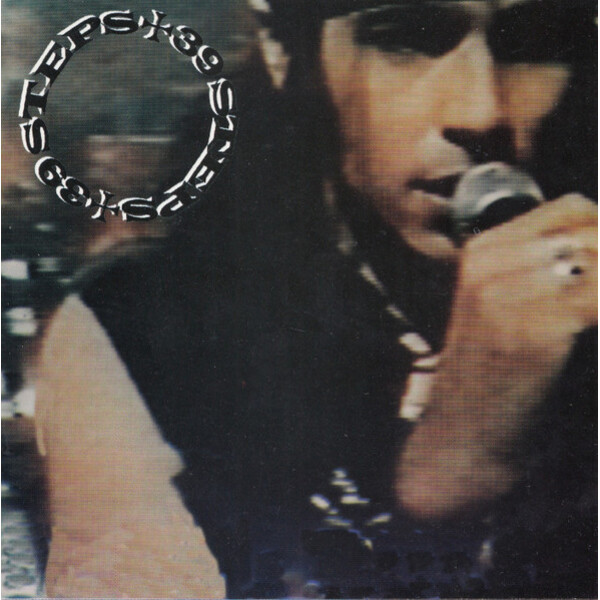
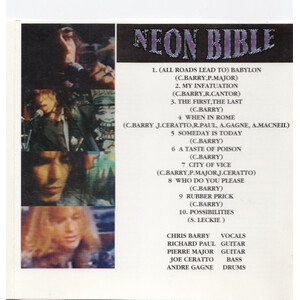
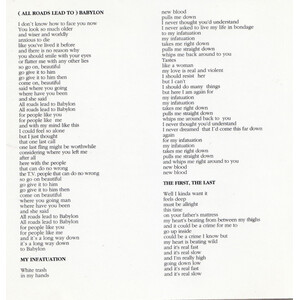
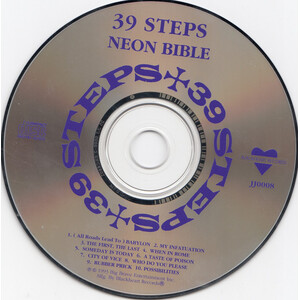
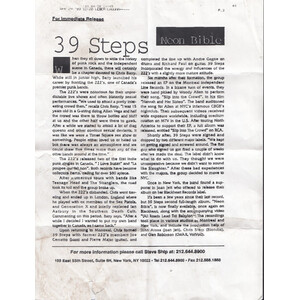
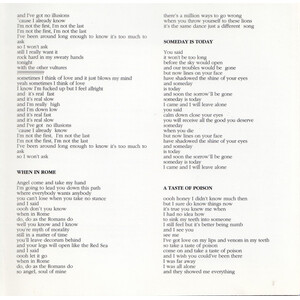
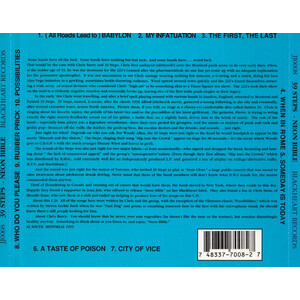
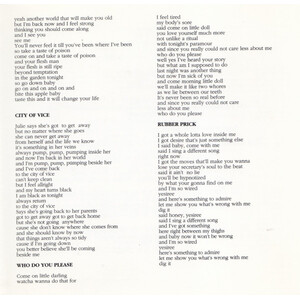
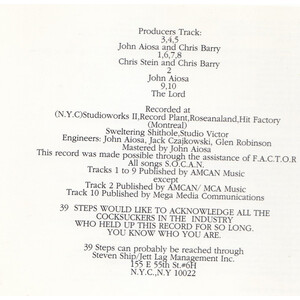
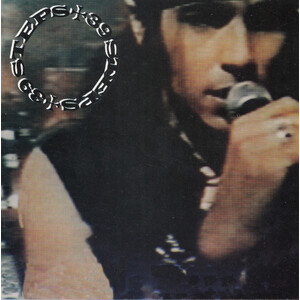
No Comments